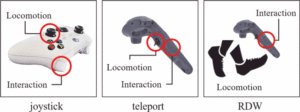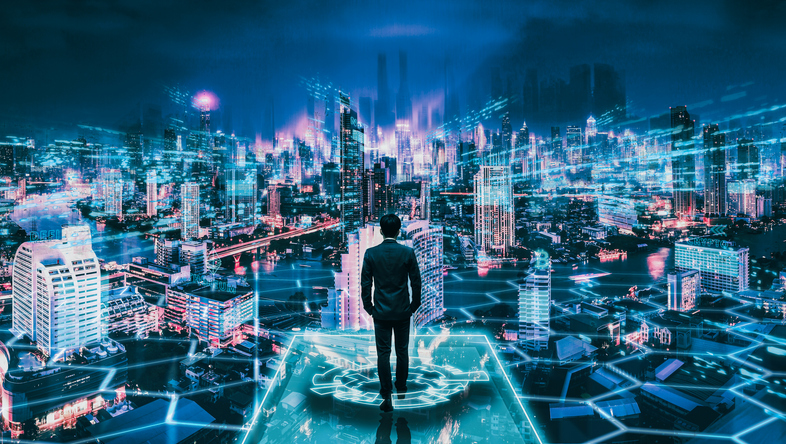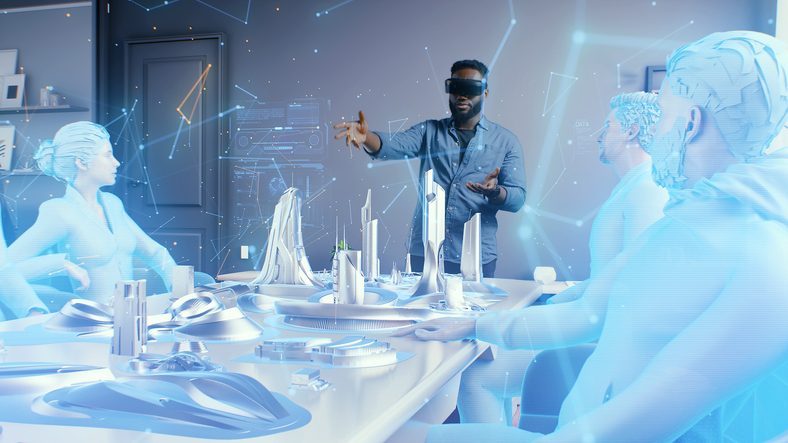Navigation is a fundamental element in virtual reality (VR) applications, as it is essential for exploring space and finding one's way. Different locomotion techniques can lead to variations in how users control their movements in response to dynamic obstacles, potentially affecting users' task performance and experience.
In an article published in IEEE Transactions on Visualization and Computer Graphics, researchers conduct a comparative study of the effects of environmental dynamics (static and dynamic) and the three locomotion techniques on spatial knowledge, task performances, and user experiences. The authors propose guidelines for VR application developers to apply different locomotion techniques in various environments to enhance users' spatial knowledge and improve task performances and user experiences.
Setting up the Study
Previous studies have primarily focused on static environments. However, many moving dynamic objects exist in VR applications, such as other user characters, non-player characters (NPCs), and vehicles. These dynamic objects can interfere with the user's path or interact with the user as obstacles, and users have typically tried to navigate while avoiding collisions with them.
The most used locomotion techniques are joystick, teleportation, and redirected walking (RDW). When using a joystick, the user presses a stick, directional button, or pad to move the viewpoint in a selected direction continuously. Teleportation allows users to travel long-range distances instantaneously by jumping to a desired destination using the controller. RDW is most like actual walking, enabling users to navigate in VE considerably more significantly than the limited physical space.

The controllers used in our experiments: joystick, teleportation, and RDW.
Before discussing the results, the authors cover the hardware setup and virtual environment, technique design, variables, and hypotheses. For the experiment, the virtual character is idle in the static environment and walks naturally in the dynamic environment. Participants must remember the content and location of seven words in pictures in a virtual art gallery. The target navigation task uses a flag object and target scene to measure task performance. Participants must grasp the flag object and place it on the seven pink targets.

Scene of the dynamic environment used for the experiment.
Takeaways and Discussion
The study compared six conditions based on the dynamism of the two VEs (static and dynamic) and three locomotion techniques (joystick, teleportation, and RDW). The main findings can provide guidelines for locomotion interface design for practitioners who need to design VR applications, which can be summarized as follows:
- Locomotion techniques have different positive effects on spatial knowledge acquisition in static and dynamic environments, with joysticks performing better in static environments and RDWs performing better in dynamic environments.
- The differences between the locomotion methods are mainly in remembering the spatial location of objects rather than in terms of recognizing the types of objects or the correlations between objects.
- Locomotion techniques lead to different user performances and experiences. As the environment or context of different VR applications varies, these findings have important implications for practitioners.
It's important to note this study's limitations, which include using a within-subject design. While counterbalancing was implemented to mitigate the learning effect, a between-subjects design could provide further insights. Future research should consider more diverse and dynamic environments to broaden the scope of these findings.
In addition, differences in spatial knowledge may be influenced by the type of dynamic objects (e.g., human or inanimate) or the complexity of the environment (e.g., open world or maze).
These findings can be extended to further research, even within a single VR application, by recommending optimal locomotion techniques as the environment's degree of dynamism or context changes.
Interested in learning more about the Virtual Reality? IEEE offers continuing education with the
Practical Applications of Virtual and Augmented Reality in Business and Society course program to smartly implement digital tools into your organization.
Interested in acquiring full-text access to this collection for your entire organization? Request a free demo and trial subscription for your organization.





